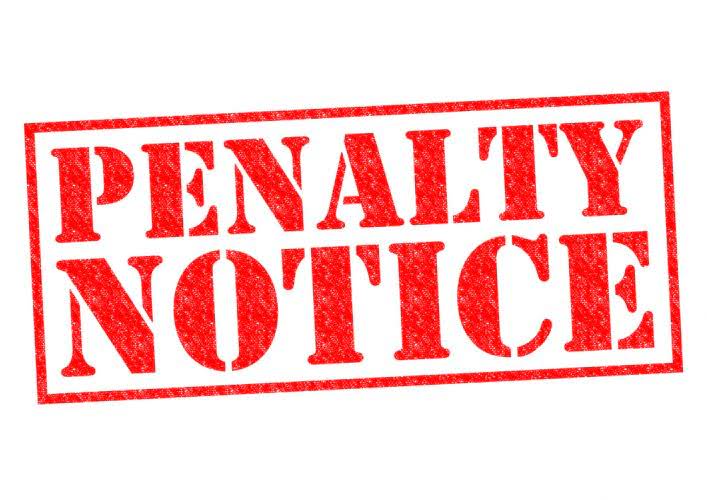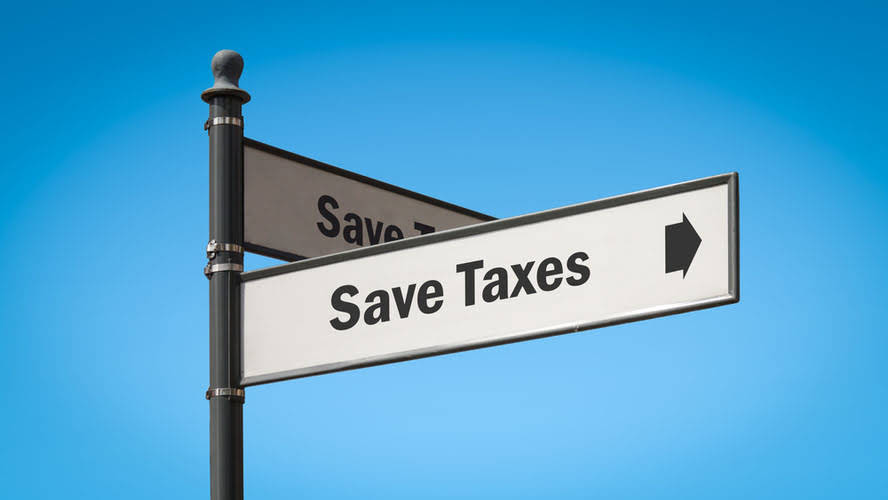
The decrease to equity as a result of the expense affects three statements. The income statement would see a change to expenses, changing net income (loss). Net income (loss) is computed into retained earnings on the statement of retained earnings. This change to retained earnings is shown on the balance sheet under stockholder’s equity.
Why must Accounting Equation always Balance?

So you can see the biggest difference between the two is that revenue doesn’t consider redacting expenses, whereas profit does, which can cause it to be a negative figure. Within the income statement, the top line of the statement shows revenue; then, it lists the various sorts of expenses before coming to the bottom line, or net income/ profit. Revenue can be simply defined as the money you earn from your regular business operations. If you’re referring to the revenue line item in an income statement as the “top line,” then you’re referring to sales.
Types of Revenue Accounts – Examples
Since ASC has performed the services, it has earned revenues and it has the right to receive $900 from the clients. This right (known as an account receivable) causes assets to increase. These may include loans, accounts where are revenues and expenses reflected in the accounting equation? payable, mortgages, deferred revenues, bond issues, warranties, and accrued expenses. For a company keeping accurate accounts, every business transaction will be represented in at least two of its accounts.
Effects of Transactions on Accounting Equation
Buildings is a noncurrent or long-term asset account which shows the cost of a building (excluding the cost of the land). Buildings will be depreciated over their useful lives by debiting the income statement account Depreciation Expense and crediting the balance sheet account Accumulated Depreciation. Because Direct Delivery received $10, it must debit the account Cash. The second account will be Service Revenues, an income statement account.
In other words, revenues include the cash or receivables received by a company for the sale of its goods or services. A business has assets of £110,000, liabilities of £30,000, income in the year of £20,000 against expenses incurred of £10,000 and capital at the beginning of the year of £70,000. Using the two forms of the accounting equation, insert these figures into each equation to show that the equation holds true in both cases. To further illustrate the analysis of transactions and their effects on the basic accounting equation, we will analyze the activities of Metro Courier, Inc., a fictitious corporation. Like any mathematical equation, the accounting equation can be rearranged and expressed in terms of liabilities or owner’s equity instead of assets.

Examples of assets are company equipment, vehicles, accounts receivable (A/R), prepaid insurance, and office supplies. They can be classified as operating or nonoperating, tangible or intangible, and current or noncurrent. The accounting equation is the fundamental formula in accounting—showing that assets are equal to liabilities plus owner’s equity. It’s the reason why modern-day accounting uses double-entry bookkeeping as transactions usually affect both sides of the equation. The accounting equation is an accounting fundamental that bookkeepers need to master to be proficient. The accounting equation states that a company’s total assets are equal to the sum of its liabilities and its shareholders’ equity.
- This makes it easier for stakeholders to assess the profitability and financial stability of the organization.
- The account title for the money that Direct Delivery has a right to receive for having provided the service is Accounts Receivable (an asset account).
- Think of retained earnings as savings, since it represents the total profits that have been saved and put aside (or “retained”) for future use.
- The income statement is also referred to as the profit and loss statement, P&L, statement of income, and the statement of operations.
- Profit is actually calculated by subtracting operating and other necessary expenses from net revenue, but you can learn more about that in the section below.
- Equipment is considered a long-term asset, meaning you can use it for more than one accounting period (a year for example).
- Speakers, Inc. purchases a $500,000 building by paying $100,000 in cash and taking out a $400,000 mortgage.
- This involves aligning EMA practices with innovation processes and leveraging synergies between the two to drive continuous improvement in EP.
- On the liabilities and equity side of the equation, there is also an increase of $20,000, keeping the equation balanced.
- The owner’s investments in the business typically come in the form of common stock and are called contributed capital.
- This business transaction increases company cash and increases equity by the same amount.
We know that the unnamed account cannot be Cash because the company did not receive money on December 3. However, the company has earned the right to receive the money in seven days. The account title for the money that Direct Delivery has a right to receive for having provided the service is Accounts Receivable (an asset account). To accomplish the objectives of this present research, we utilized a quantitative survey-based approach with data collected from managers/owners of SMEs in Yemen, as the unit of analysis for this research. The study’s target population includes a range of manufacturing sectors, including “food and beverage, packaging, furniture, plastics, and textiles, as well as petrochemical and chemical industries”.